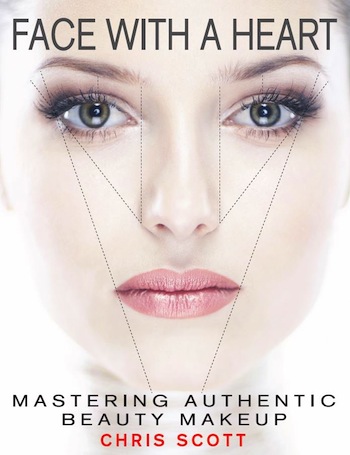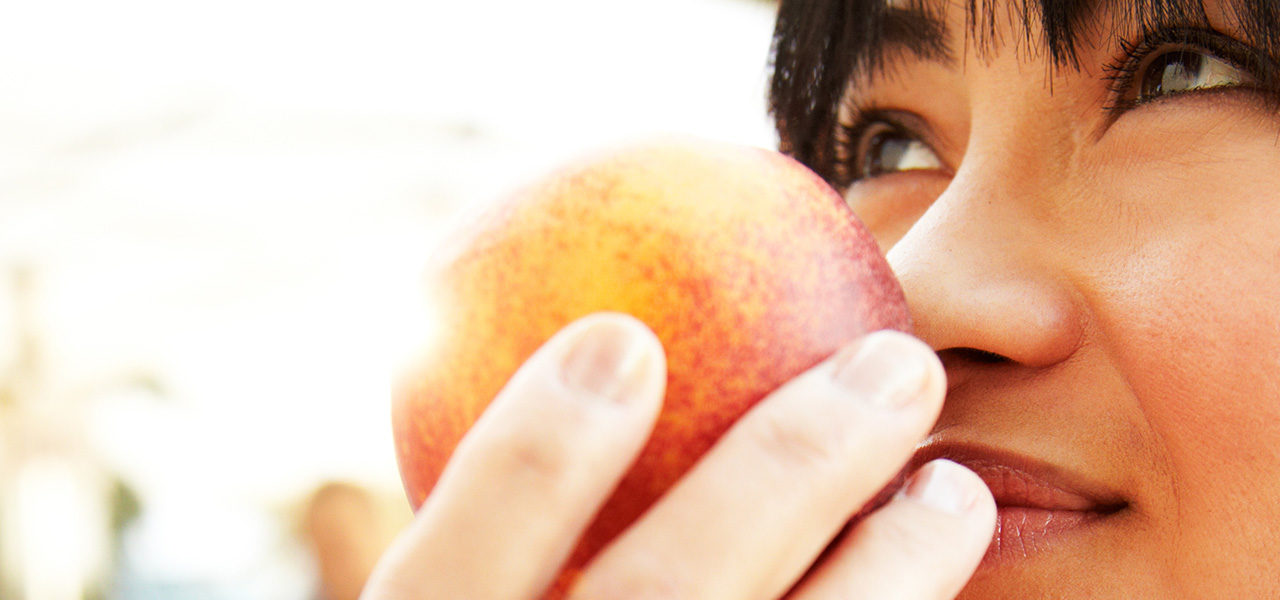
An article from Kaiser Permanente
Intuition is your ability to understand something without needing an explanation. You simply “know” it to be true.
Being able to listen to and understand your intuition is an important part of staying healthy. Your intuition can help you avoid danger, get medical attention when needed, and even help you get the sleep, exercise, and nutrients you need.
So, what happens when you use intuition to guide your eating habits? The result is intuitive eating — a way of listening to and understanding your body’s signals and needs and using them to guide how you eat.
How intuitive eating works
Often referred to as the “anti-diet,” the basis of intuitive eating is to let your intuition guide you on your food choices. This means no food is off-limits and there are no strict guidelines to follow. You eat when you’re hungry and don’t eat when you’re not. However, this doesn’t mean giving in to every craving and impulse. If you’re following intuitive eating practices, you would observe your cravings so you can determine where they came from and what it is your body may really need.
For example, you get an overwhelming craving for chocolate. Since eating chocolate can produce positive effects on your mood, this craving may be your body’s way of telling you it needs a quick mood boost. So, instead of reaching for a chocolate bar that might be full of sugar and may later leave you lacking energy, you may need a different mood-booster — like a brisk walk. So, instead of simply listening to your initial instinct, intuitive eating practices encourage you to dig deeper to discover the true meaning behind your thoughts and needs.
Overall, this approach can offer a healthy option to eating and enjoying food. Here are a few other points to consider.
Understanding the difference between physical hunger and emotional eating
Physical hunger is a physical and biological response your body has to being hungry. It can manifest as a growling stomach or feelings of irritability or fatigue. After you eat, these responses will go away.
Emotional eating is a need to eat that is driven by an emotional response. You may not be physically hungry, but you feel compelled to eat because you’re sad, or anxious, or bored. Emotional eating uses food to fill emotional needs.
Because emotional eating is not driven by your body’s need for nutrients, it can lead to overeating and making poor nutritional choices. You can avoid emotional eating with mindfulness. When you find yourself craving a comfort food, pause for a moment and ask yourself why you want it. Is your stomach rumbling or are you having a stressful day and feel like you need a reward? By simply taking a moment to ask yourself the question, you’re giving yourself a chance to make an informed choice for your body.
Eating until you’re satisfied — not full
Once you start eating it can take between 5 to 20 minutes to start to feel full. If you don’t stop eating until you feel full, then you may have already consumed too much food several minutes before you stopped eating. This can result in over-extending your recommended calorie intake for the day — and may even cause stomach pain and discomfort.
Instead of rushing through a meal, eat slowly and enjoy your food. Take time to experience your meal with as many of your senses as possible — how does it look or smell? You can even practice gratitude in each bite, feeling thankful for the meal.
As you eat, pay attention to how you feel. When you start to feel satisfied, slow down or even stop. You can always continue to eat if you’re still hungry.
Practicing healthy eating habits
Even though intuitive eating doesn’t include food restrictions, it doesn’t mean you should throw all healthy eating guidelines out the window. Your body still needs a balance of nutrient-rich, healthy foods.
You’ll want to make sure you provide your body with the foods it needs by eating a variety of vegetables and fruits, whole grains, lean proteins, and healthy fats. Your plate should be colorful and balanced.
This also means being aware of consuming too much saturated and trans fats, added sugar, alcohol, and salt.
Being mindful
Pay attention to your eating habits. Are you a late-night snacker? Do you always order appetizers in addition to a big entree? Do you feel compelled to eat a bag of candy after a stressful meeting?
Keeping track of your eating habits can help you be conscious of where you might need to make adjustments. You can either take mental notes or write your observation down in your journal. Just remember: It’s not about tracking exactly what you ate. Instead, use your journal as a way to explore your thoughts, feelings, and impulses — and look for patterns or emotional eating triggers.
Reframing your thoughts
Because emotions and foods are often intertwined, it can help to reframe negative thoughts about food. Remember, food is meant to fuel your body so you can have the energy you need to thrive. For example, grabbing a cupcake when you’re sad may feel good in the moment, but it may not make you feel so great later.
However, if you do grab a cupcake because you’re trying to fill an emotional need and feel guilty afterward, try to quiet your inner critic as much as possible. Accept that the choice was made, let go of any shame or disappointment, and use the experience as an opportunity to re-affirm that you’re still committed to eating as healthy as possible. Also, remind yourself that it’s OK to enjoy a sweet treat. As always, moderation is key.
Bottom line
When done properly, the principles of intuitive eating can help you form healthy habits and enjoy the food you eat. If you need more guidance on healthy eating options, check out our online resources.
This article was originally posted by Kaiser Permanente in their ongoing newsletters to members.
I found it insightful and wanted to share the article’s thoughts. I did not write a single word of this article and want to avoid any claims of plagiarization.
To read this article from its origin, click here.

Stay informed: Center of Disease Control (CDC)

Safest way to shop this year is online.
Please continue to wear your masks and follow your good judgement to help neutralize Covid-19.
As a result, it will be the best gift we can give ourselves and each other this year.
Warmly,
Chris Scott
12th of November, 2020

Chris Scott’s series of Makeup Gourmet how-to video tutorials based on his #1 international best seller
Face with a Heart Mastering Authentic Beauty Makeup

Want to know more?
Face with a Heart: Mastering Authentic Beauty Makeup
is available on Amazon now.
CHRIS SCOTT, M.A. is the creator of San Francisco-based Makeup Gourmet®. Over his 30-year career, in addition to doing makeup for top models from every corner of the planet, he also had the honor of working for legends like Paul McCartney, US Vice President Al Gore, Supreme Court Justice Sonia Sotomayor, Shirley Temple Black, Maya Angelou and Olympic Gold medalists Oksana Baiul and Kristi Yamaguchi. He was the creator and host of the TV show ‘Makeup Gourmet’ from 2008 – 2010. He was a leading Chanel Beauté national artist for over two decades. He designed the course and taught Fashion Makeup at the Academy of Art University in San Francisco. He created his unique Makeup Gourmet line to ensure everyone has access to high-quality, ethically produced, ‘green’ makeup and skincare made in the USA. Chris is the author of the International #1 Amazon Bestseller FACE WITH A HEART: MASTERING AUTHENTIC BEAUTY MAKEUP (2014), the COSMETIC COUNTER SURVIVAL GUIDE: HOW TO BUY THE RIGHT SKINCARE AND MAKEUP (2003) and released February 2019, HOW A MAKEUP ARTIST BECOMES A SUCCESSFUL BUSINESS.
‘The grass is always greener where you water it.’
CS



